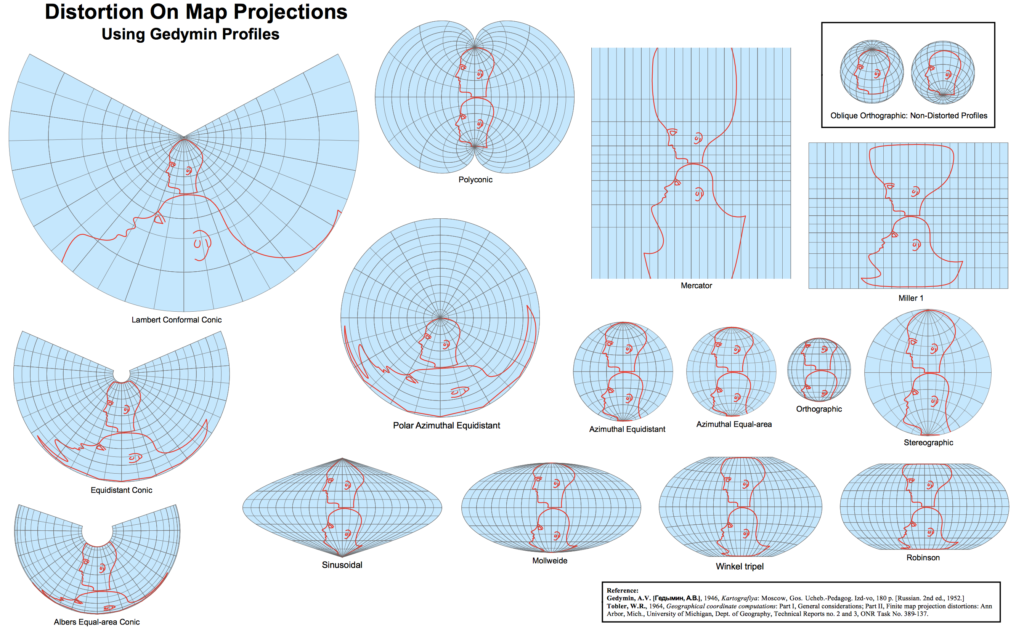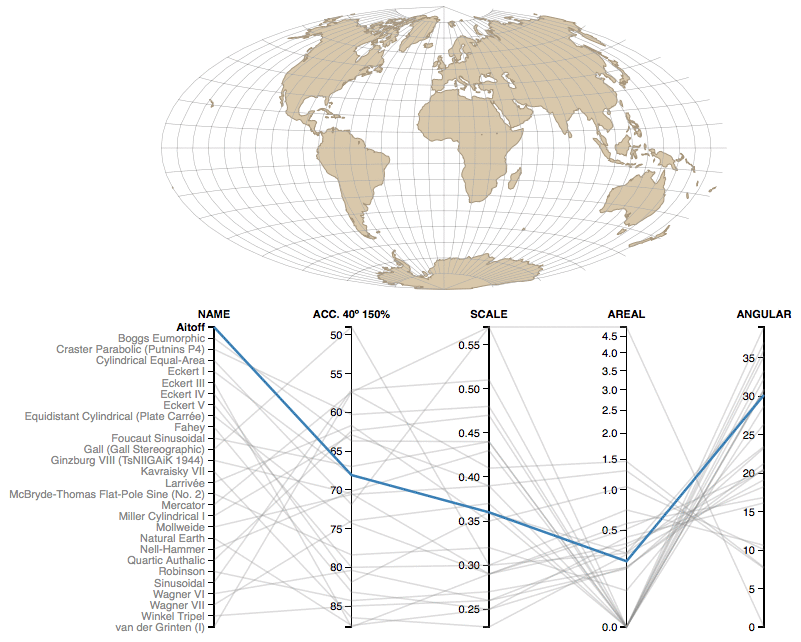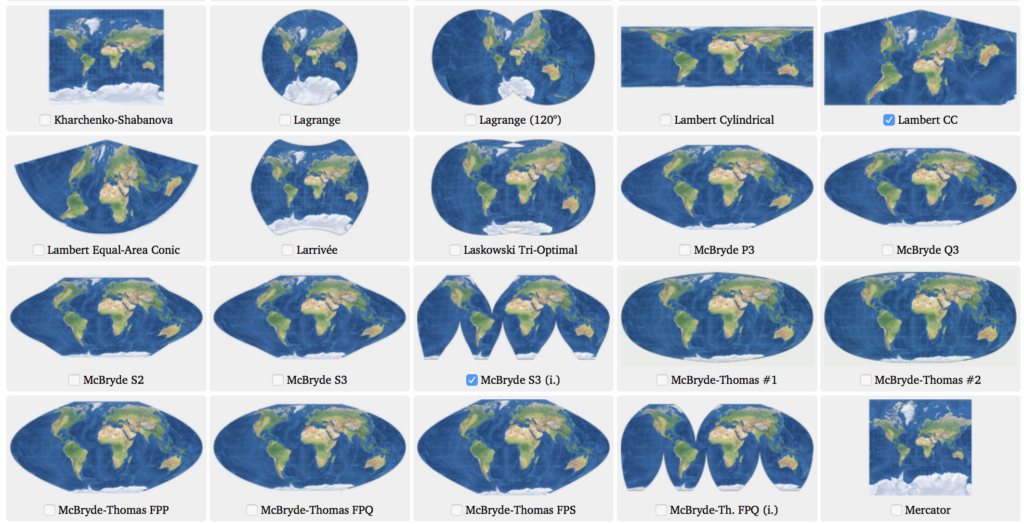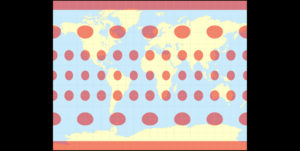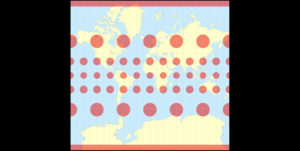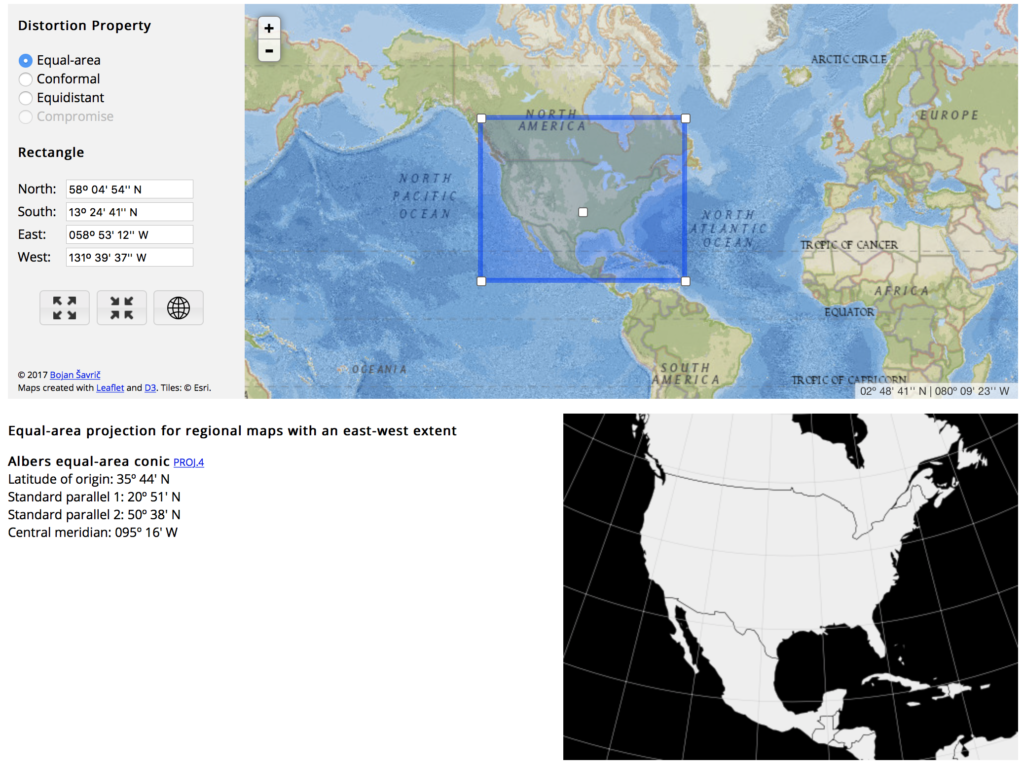#Ideas
Amazing visualization of how Christianity spread around the world
From a sect of Jews to a world dominating religion with over 2 billion followers, the story of Christianity is fascinating. This animated map gives a geographic look at the past 2,000 years and shows how the religion was spread around the world, first by Jesus’s disciples, then by emperors, kings, and missionaries.
It is also interesting to see how all five of the biggest religions in the world: Hinduism, Buddhism, Christianity, Judaism, and Islam spread across our planet.
The video is a part of a larger Business Insider series. You can find all of these videos here.

#Ideas
#Business
#Featured
#Ideas
#Science
Harnessing the Power of 30cm Satellite Data for Construction Mega Projects
#Ideas
#People
#Satellites
#Science
AI Assistance in Creating 3D City Visualizations







